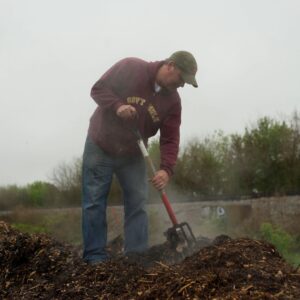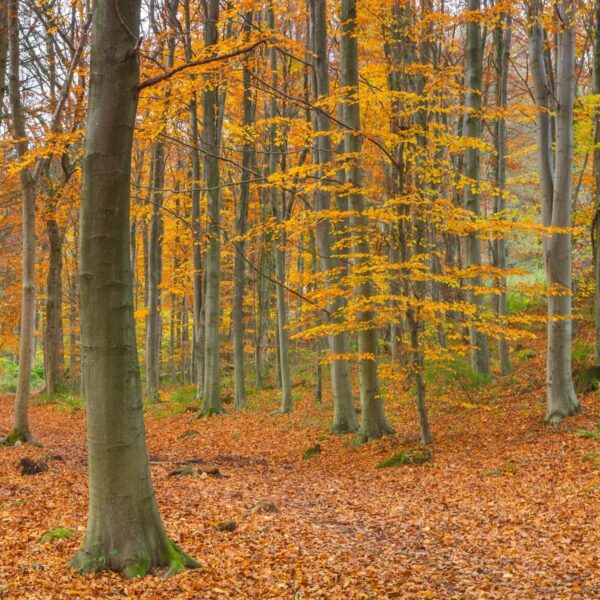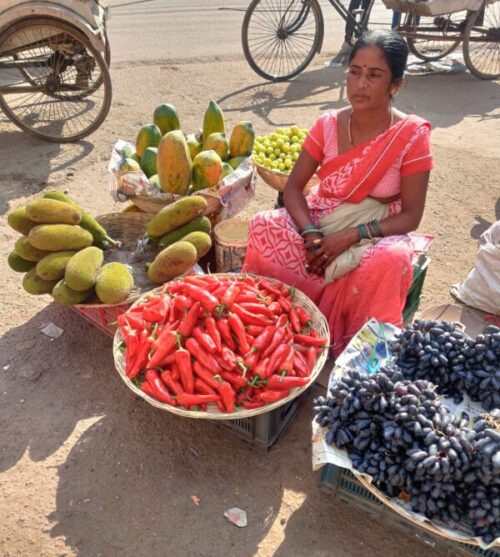Plants and trees shed their leaves from time to time. This happens due to a number of reasons. From some plants and tree leaves continue falling throughout the year. At the same time new leaves continue developing to compensate their number.
This can be explained as the leaves get old and filled with unwanted materials like extra food, and excretory compounds like chemicals, they fall down. In some tree leaves fall in a particular season. This is temperature regulated process which occurs through the formation of an abscission layer between the petiole and the stem.
Many types of trees shed their leaves as a strategy to survive cold or dry weather. Trees that lose all of their leaves for part of the year are known as deciduous trees. Trees actively shed their leaves through a process called abscission. An enzyme responsible for shedding of leaves by formation of abscission layer is called as Abscisic acid.
As the abscission layer develops the leaf starts getting detached from the stem branch and falls ultimately. This is called as the leaf-fall or just fall. Such a tree is called as a deciduous tree.
Common deciduous trees include several species of maple and oak in the Northern Hemisphere and acacia and baobab in the tropics. In India Mahua or the Madhuka indica, Kachnar or Bauhinia and Mango or the Mangifera indica are deciduous trees. Leaf- shedding in these trees occurs during autumn season.
Autumn marks the transition from summer into winter, in September (Northern Hemisphere) or March (Southern Hemisphere), when the arrival of night becomes noticeably earlier and the temperature cools considerably. One of its main features is the shedding of leaves from deciduous trees.
When rainy season goes off and winter approaches, one part of the earth receives less sunlight, and the air grows colder. When these changes happen, trees prepare for winter. Trees that drop their leaves seal the spots where the leaves are attached. Then fluids cannot flow in and out of the leaves, which change colour and fall off. Let us see how it happens.
The falling of the leaves does more than mark the autumn season. It also helps the tree survive the cold, dry air of winter. In the warm seasons, leaves use sunlight, water, and air to make the tree’s food. In that process, the tree loses a lot of water through tiny holes in the leaves.
In winter, the tree does not get enough water to replace what it would lose through the leaves. If the tree did not seal the spots where the leaves grow, it would die. When spring brings warm air and fresh water, the tree will sprout new leaves and start growing again.
Compost Making
The organic matter formed through degradation of decomposable biomass and which is rich in nutrients for the growth and development of plants is called as compost.
The process of composting simply requires making a heap of wetted organic matter known as green waste (leaves, food waste) and waiting for the materials to break down into humus after a period of weeks or months. Modern composting technique is a multi-step, closely monitored process with measured inputs of water, air, and carbon- and nitrogen-rich materials.

The decomposition process during composting is aided by shredding the plant matter, adding water and ensuring proper aeration by regularly turning the mixture. A number of Worms and fungi further break up the material.
Aerobic bacteria and fungi manage the chemical process by converting the inputs into heat, carbon dioxide and ammonium. The nitrogen is the form of ammonium (NH4) used by plants. When available ammonium is not used by plants it is further converted by bacteria into nitrates (NO3) through the process of nitrification.
Compost is the organic matter which is saturated with nutrients. It is used in gardens, land scaping, horticulture, and agriculture. The compost itself is beneficial for the land in many ways, including as a soil conditioner, a fertilizer, addition of vital humus or humic acids, and as a natural pesticide for soil.
In ecosystems, compost is useful for erosion control, land and stream reclamation, wetland construction, and as landfill cover. Organic ingredients intended for composting can alternatively be used to generate biogas through anaerobic digestion.
key words : Aerobic bacteria, humus, abscission layer
Feature Image: The Guardian




